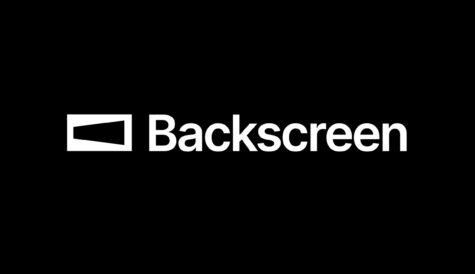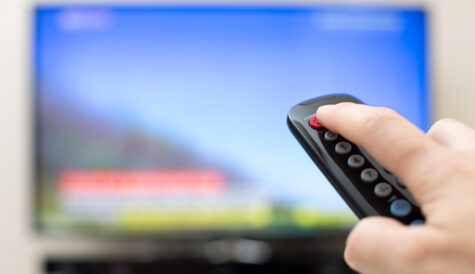Sony: prime time ‘set to die’
 Prime time hour is ‘set to die’, claims a new report from Sony.
Prime time hour is ‘set to die’, claims a new report from Sony.
In the recently published ‘Evolution of the Living Room’, the company surveyed 6,000 European consumers on their attitudes and behaviours.
It found that while the average viewer watches over 15 hours a week, only 6% of people make a point to watch the latest top TV shows live, instead opting for catch up services.
The report found that people now prefer streamed content over watching scheduled TV. Reasons given for this include the flexibility streaming offers rather than be restricted to the show on TV (50%), fitting programmes in around longer working hours (32%) and being able to watch with friends or a partner (31%).
Emma Kenny, a UK TV psychological expert and media commentator, said: ‘Television isn’t simply a medium that enables you to enjoy a variety of content. It represents so many different variables, and reaches individuals in completely unique ways.
Whilst society has changed significantly since the introduction of the first TV to the present day, many of our social behaviours remain the same. We’re still social beings who value family time, and with a certain nostalgia linked to ‘TV time’ across Europe, it doesn’t surprise me that families continue to enjoy TV together as a shared experience.”
The report also points out that over a third of people now want a TV over 55 inches and 16% desire a 65+ inch set, a statistic that will no doubt benefit TV manufacturers like Sony.
However, vendor plans to shift TVs in greater numbers are to be deflated by a difficulty in securing monitors, claims industry analyst IHS Markit.
According to the research firm, the intensifying U.S./China trade war has made the TV makers more hesitant about issuing firm demand forecasts.
“There’s an increasing risk of a demand correction in the second quarter in light of several negative indicators from TV brands, including rising inventories, order cuts and increasing tariffs,” said Deborah Yang, director of display supply chain at IHS Markit. “These signs imply a slowdown in the market and a possible downward trend for panel prices.”



